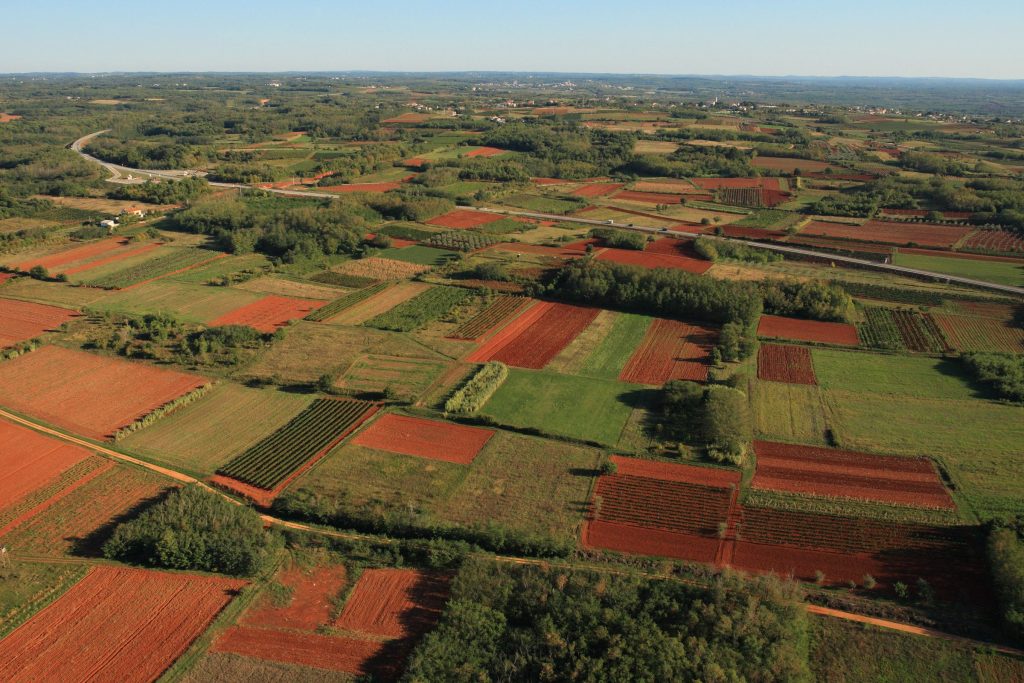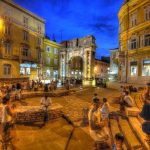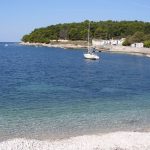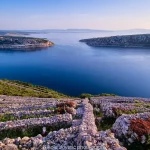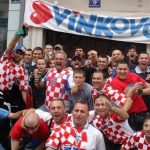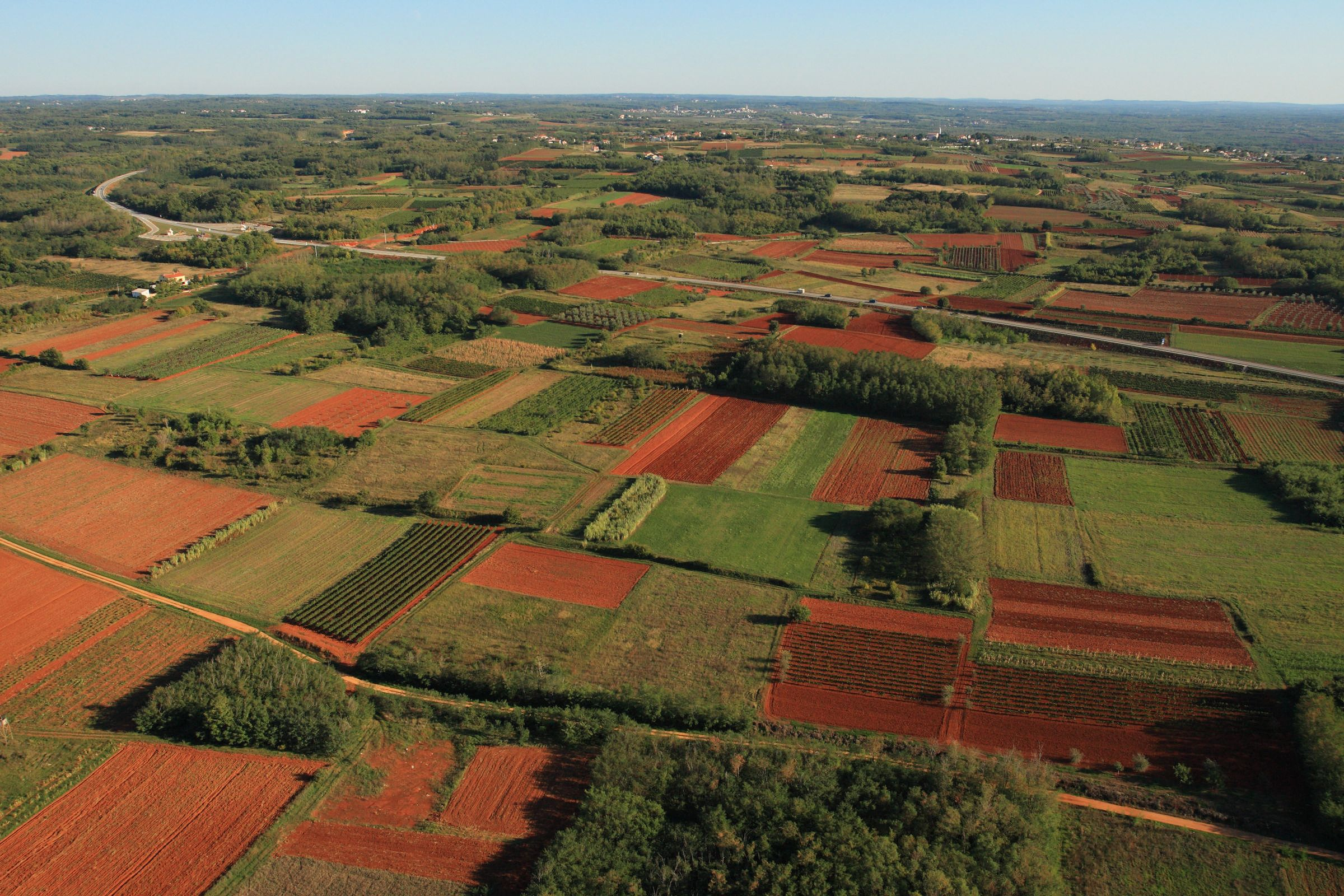
Continuing TCN’s series ’25 Things to Know about Croatia’ on April 29, 2016, we take an overview of the magical region of Istria, before taking a closer look at individual destinations.
It is a difficult task to bring the Istrian peninsula closer to our readers in only 25 points, when there are 25 and more things to say about many of the county’s towns, the nature, its people, history, food, etc. The following only represents a small overview to whet your appetite for Croatia’s largest peninsula.
1 Istria is Bilingual
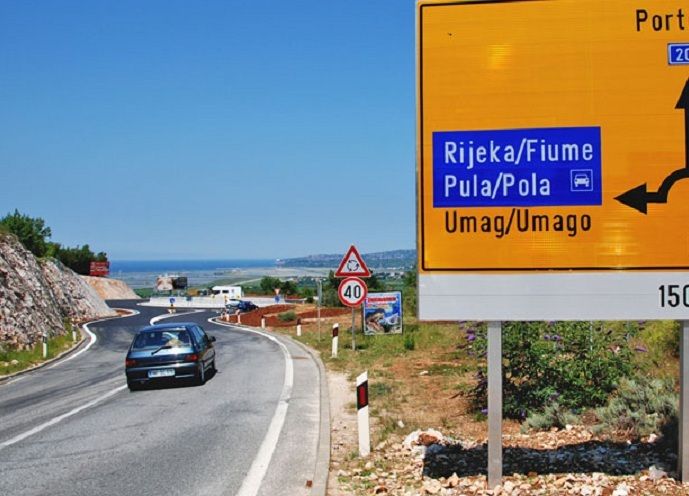
The County of Istria is the only Croatian county whose statute stipulates the equality of the Croatian and the Italian language within the County. By Croatian law, only areas where the minority constitutes at least 33% of the population have to officially be bilingual. According to said law, the small village of Grožnjan would be the only place in Istria where bilinguality would be obligatory.
2. Istria is the Land of the Liquid Gold
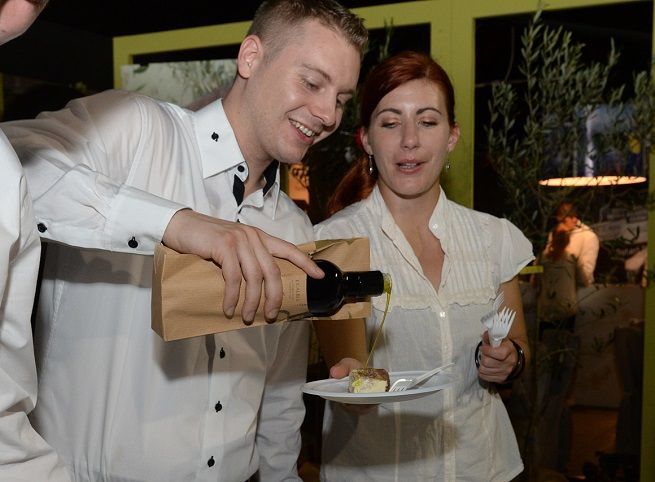
According to the 2016 edition of one of the most relevant European olive oil guides, Flos Olei, Istria is the best olive oil region of the world. This fact is the more fascinating knowing that modern olive oil production in Istria began only some 25 years ago, driven by the vision of mostly young enthusiasts and aficionados, as well as local political support. The wonderful thing is that quality isn’t just concentrated to 2-3 olive oil barons. Follow Istria’s olive oil roads and discover your own favourite oil. Even if it costs you a day at the beach!
3 . Istrian Dirt Covers Treasure – Literally
All you need to strike it big in Istria is a dog and a stick. Your chances rise significantly, if your dog happens to be a truffle dog. The forest soil along the Mirna valley in Central and Northern Istria hides white and black variations of the pricy delicacy. The stick is used to dig out the truffle from the soil covering it. But beware, truffle hunters, for some reason, prefer to keep to themselves.
4 . Istria – the Land of Giants, Fairies and… Vampires
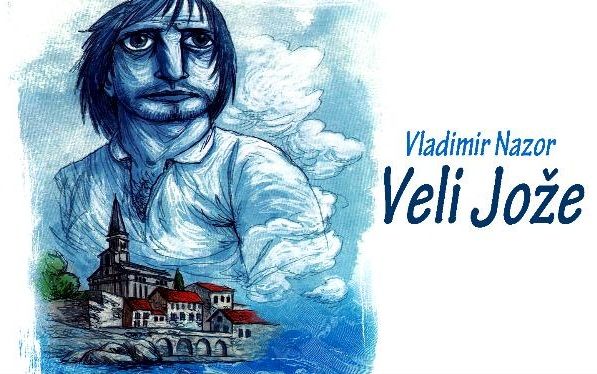
Some 240 years before Bram Stoker put his Count Dracula to paper, the villagers of Kringa already had to deal with Jure Grando. You can still see in their descendant’s faces – that was no picnic. Giant Veli Jože, on the other hand, became a hero and role model for the people of Istria for his hard work and his dedication to freedom and justice. Istrian fairies also worked hard. Remains of their work are the Amphitheatre in Pula and the Brijuni Islands.
5. Amphitheatre in Pula
https://www.youtube.com/watch?v=GcpzQIPnEWc
Now that we know who built it, the question remains, whether the Amphitheatre in Pula has always been used for activities the fairies built it for. Be that as it may, the likes of Sting, Elton John, Joe Cocker, Leonard Cohen, or David Gilmour seemed to have enjoyed performing within the stone structure. The structure itself couldn’t be man-made anyway, proof of that is that no cracks were found following some heavy duty yodeling and multiple Tony Cetinski concerts. During the summer months there are gladiator shows and fights being staged to show how the amphitheatre has been used during Roman rule.
6. Brijuni National Park
The Islands of the archipelago of the Brijuni National Park have changed a lot for the better since the fairies made them. In their defence, they were in a hurry (look it up), the Islands didn’t turn out as perfect as the Amphitheatre did. Paul Kupelwieser, a Baron Rothschild employee, bought the Islands from a Venetian in 1893, dried out the swampy land and hired Robert Koch to get rid of the mosquitos. Half a century later, the Islands became Tito’s. Before that they were a luxurious resort for better off Austrian tourists. In the 90s, some Croatian marketing wizards changed the name from the established and well known Brioni to Brijuni in order to have more space at the beach.
7. Istrian Nature
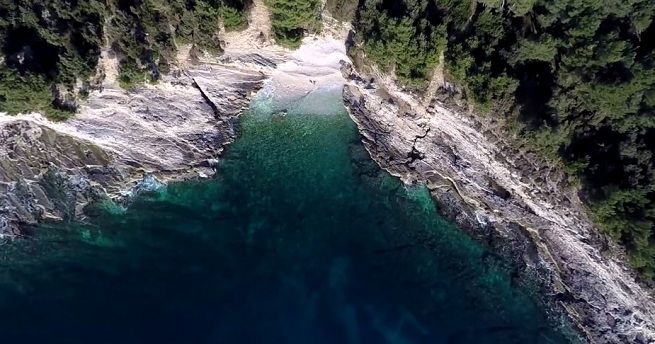
The Brijuni/Brioni National Park and its Islands aren’t the only beauty of nature worth seeing and enjoying. The Kap Kamenjak nature sanctuary with its many embayments, caves and beaches is becoming a magnet for families, cyclist, surfers and nature lovers. As at other locations on the peninsula, you can see fossilised dinosaur footprints here. The Učka natural reserve in the North is welcoming more and more hikers. Birdwatchers love the swampy area of Palud near Rovinj, hikers also enjoy the breath-taking views from the hills along the Eastern coast of Istria. The jagged coastline allows for everyone to find their secret spots…
8. Istrian Beaches
The Istrian coastline is over 500 kilometres long and a great variety of beaches on offer, from the modern urban beaches of the resorts and camps with every imaginable water sport activity, the sandy beaches of Medulin, to small, hidden embayments, there is something for everybody. All beaches are fully accessible for everyone. The peninsula also has an over five decades long tradition of nudist beaches and remains one of the European nudist hotspots ever since.
9. Istrian Wine
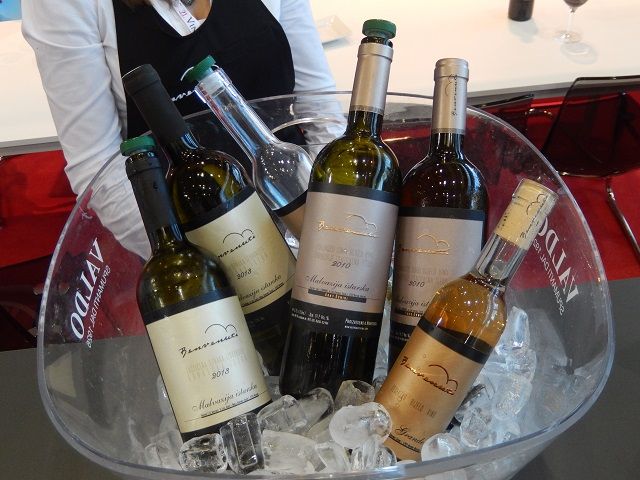
With Istrian wine you have to be slightly more careful, than with the olive oil. There’s a host of excellent winemakers, but at least the same number of aspiring ones, using their slipstream. Every year in May, the Vinistra Wine Fair in Poreč offers an opportunity to pick your favourite Istrian Malvasia or Teran wine. There are also many other varieties of wine made on the largest Croatian peninsula, even some very tasty sparkling wines.
10. North-western Istria – Gourmet Paradise
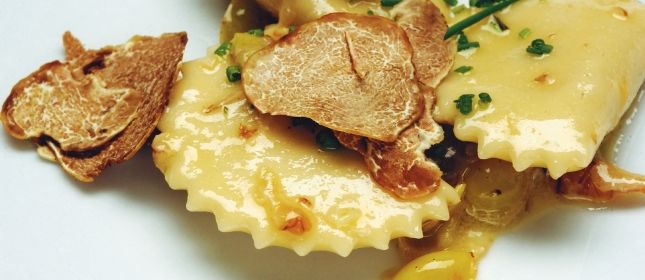
If you couldn’t make it to the fair, you can get your first lessons in Istrian wine at one of the truly amazing Istrian restaurants. Most of the peninsula’s top restaurants are located in the North-west. Truffles, wild growing asparagus and fish have their respective festivals held there, an excellent occasion for you to taste for yourself why so many establishments of the region make it into the most renowned European restaurant guides.
11. Istrian Spirits
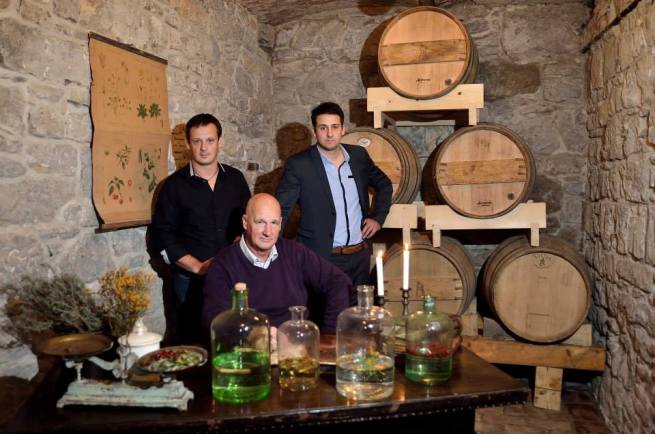
Istria is already well established and known amongst gourmets, especially in Austria, Italy and Germany. The olive oil, truffles, the traditional dishes and the creativity of the Chefs at a handful of the best restaurants have found their way into the most renowned European restaurant guides, many of the country’s celebrity Chef’s and food-trendsetters are also based here. Istrian winemakers have, also positioned the peninsula as the country’s top wine region. But the Terra Magica still offers lesser known and authentic specialties, the Istrian spirits – meet Biska, Medica (Medovača, Medenica) and the Teran liqueur.
12. The Vodnjan Mummies
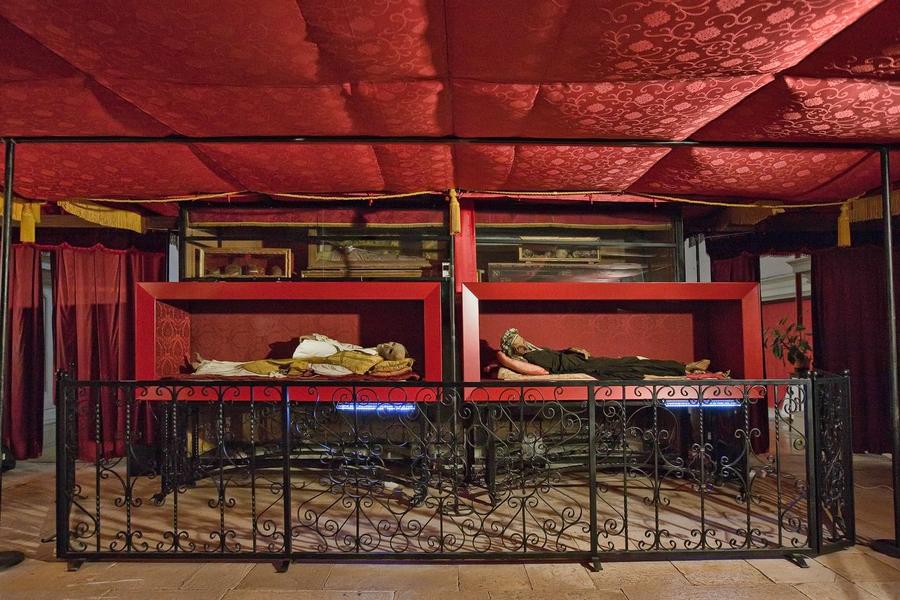
The St. Blaise Church in medieval Vodnjan in Southern Istria houses close to 400 relics of over 250 different saints, including a fragment of the Holy Virgin’s veil, a particle of Jesus’ cross and thorns from Jesus’ crown, but the church is visited by thousands of pilgrms for the mummies of St. Sebastian, St. Barbara, St. Mary of Egypt, St. Leon Bembo, St. Giovanni Olini and St. Nicolosa Bursa which are exhibited within the church and of which some date back to the 12th century and are said to have magical powers. The church is also home of Croatia’s largest collection of sacral art.
13. The Euphrasius Basilica in Poreč – UNESCO World Heritage
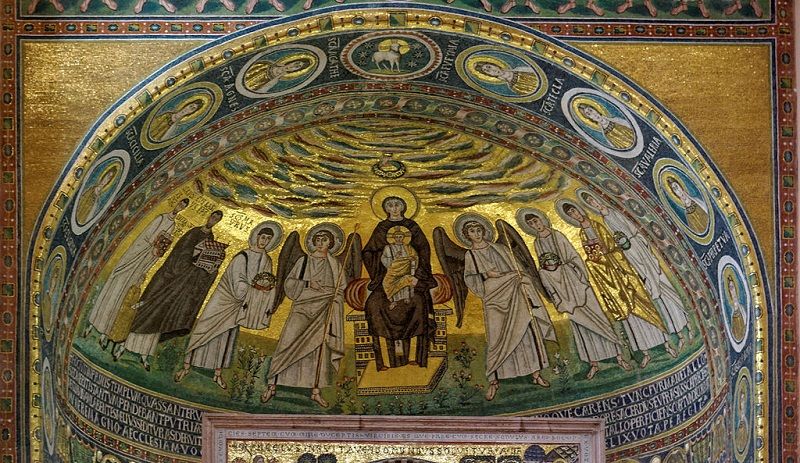
The Euphrasius Basilica, or the Cathedral Basilica of the Assumption of Mary in Poreč is a episcopal complex, including, apart the basilica itself, a sacristy, a baptistery and the bell tower of the nearby archbishop’s palace, is an excellent example of early Byzantine architecture in the Mediterranean region. Because of its exceptional value, it has been inscribed on the UNESCO World Heritage List since 1997. The mosaic on the photo below is breath-taking when you enter the basilica from the front and it pays to have a local guide tell you the many stories about the significance of the building. The Basilica is also the Cathedral of the Roman Catholic Diocese of Poreč-Pula.
14. Istria – Inspiration for Literature Icons

Dante Alighieri, Jules Verne and James Joyce are perhaps the best known literature greats to have been inspired by Istria. Dante and Joyce are known to have been melancholic, and even Istria couldn’t do much to change that. Pula has long forgiven Joyce for describing it unfavourably; he might have been frustrated teaching Austrians the English language in Pula. Judging from Arnold Schwarzenegger’s language skills after living in California for a felt 50 years, we tend to find understanding for Joyce. Adventurous Verne was inspired by the Pazin fort and the deep pit nearby and used it as a central location for one of his novels.
15. Istrian Forts
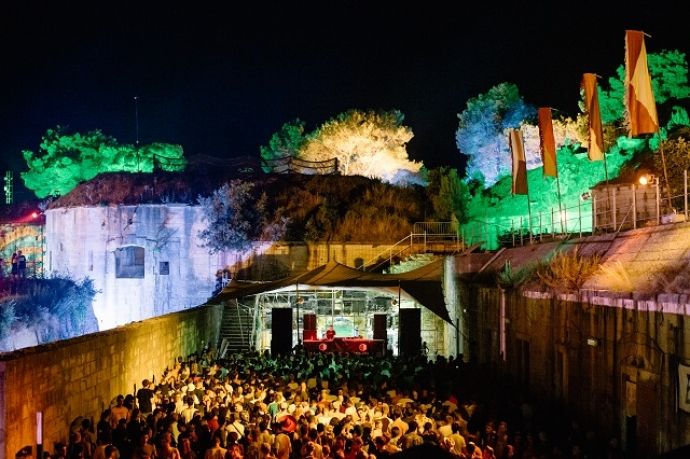
The first forts on the Istrian peninsula were erected over 3,000 years ago. Dozens of forts from the time when the Austro-Hungarian Empire ruled over Istria are still very well preserved, especially the ones which were part of the fortification system of Pula. Some have been renovated and are being used as museums, host aquariums or have been put to some other use. The Fort Punta Christo on the photo has become a party and festival fort.
16. Imperial and Royal Istria
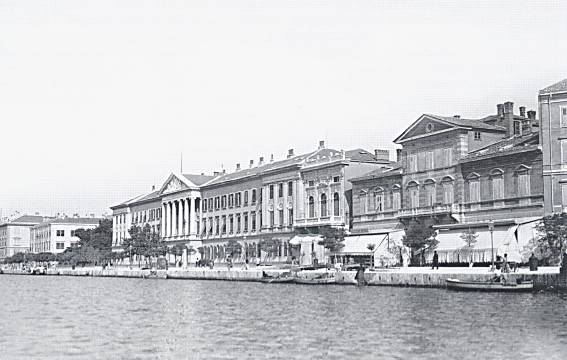
The forts of the fortification system of Pula are by very far not the only architectural remains of the time Istria was ruled by Habsburg monarchs. Empress Sissy laid the founding stone of the still successfully operating Uljanik shipyard in Pula, the market of the city was a glass and steel architectural wonder of the time. Other large buildings of the period still dominate postcards from Pula. Older Istrians remembered the time as the most prosperous for the region and had a saying comparing it to new times.
17. Current Austrian Impact on Istria
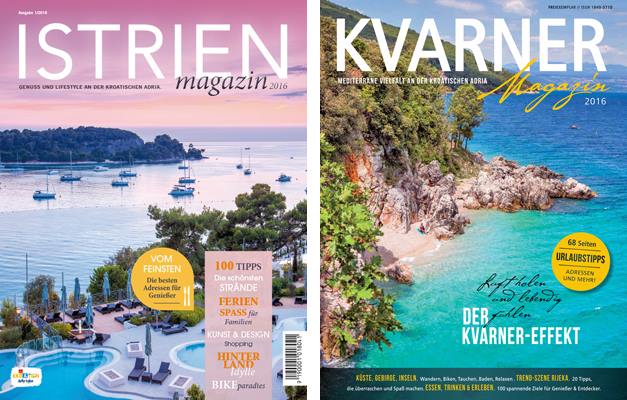
Austrians still influence the prosperity of Istria. They are to some extent responsible for positioning the peninsula as a vacation, gourmet, wine, sports activity, event and nature region at eye level with some of the most attractive European regions. What Kupelwieser did for the Brioni Islands, they are doing for the rest of Istria in modern times.
18. 7 Istrian Destinations Amongst Top 10 in Croatian Tourism
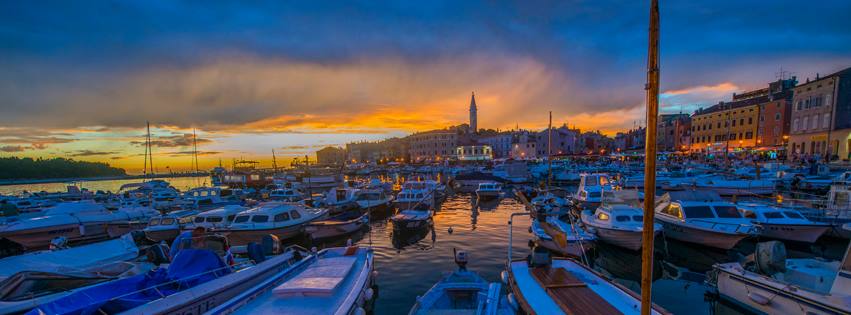
In 2015, seven Istrian destinations made in to the Top 10 list of destinations with the most overnight stays in Croatia: Rovinj (1), Poreč (2), Medulin (4), Umag (5), Tar-Vabriga (7), Funtana (9), and Pula (10). The other destinations on the list are: Dubrovnik (3), Lošinj (6) and Vir (9).
19. Istria Became Part of Croatia After WW II

Istria became part of Croatia after World War II. It could have also gone to Italy, although that would have been against the wishes of the majority of the people living in Istria. The Catholic Church in Istria and especially priest Božo Milanović (from Kringa!) offered records that made it possible for Istria to become part of Croatia.
20. Istria’s Instant Town
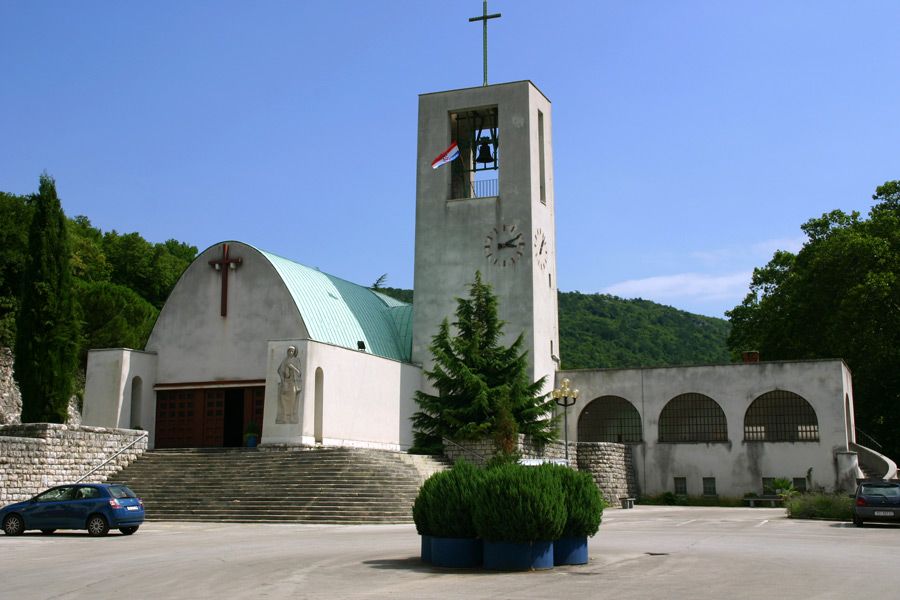
Raša is Istria’s youngest town. It was built in the mid-30s of the past century to house miners and management of the nearby coal mines when Istria was under Italian rule. The town was built within 547 days and officially “opened” on November 4, 1937. Raša is interesting from architectural, town planning and historic angles.
21. Labin Republic
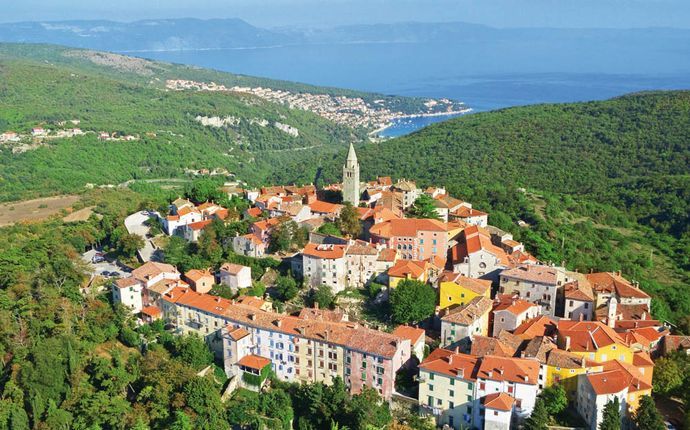
In 2016 the town of Labin and Istria mark the 95th anniversary of the Labin Republic which lasted from March 2 to April 8 1921. It was one of the first rebellions against fascism in Europe. During that time a strike lead to the self-government of Labin by the area’s miners.
22. Hum – the World’s Smallest Town
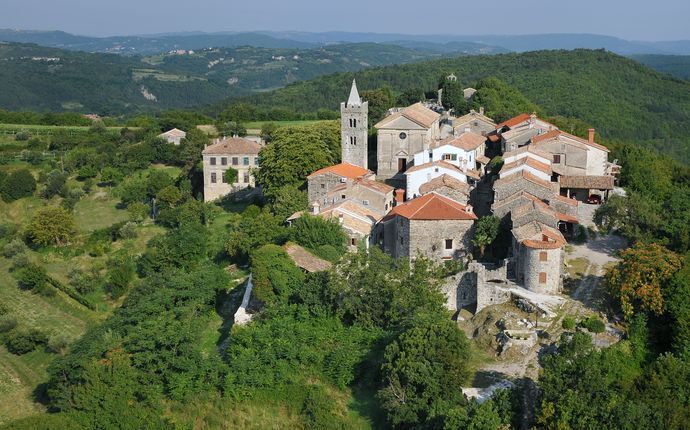
Hum is situated in the centre of the Istrian peninsula and with barely 20 inhabitants; it is the smallest city in the world and developed within the preserved city walls. According to legend, Hum was built with the stones left over when giants were building towns in the river Mirna valley, an area in central Istria that includes wonderful hill towns such as Motovun, Roč and Bale.
23. Not all of Geographic Istria Lies within the County of Istria
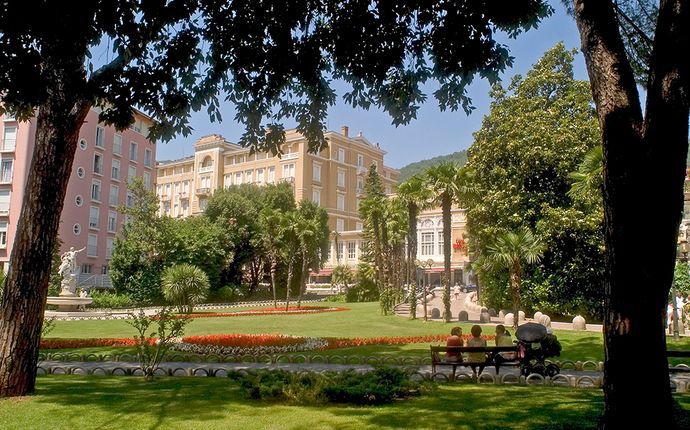
The Istrian peninsula is divided into the Croatian, Slovenian and Italian parts. The territory of the Croatian Istrian County doesn’t include the whole Croatian part of Istria. Geographically, Istria spans from the Italian Bay of Muggia to the Preluk Bay in Croatia. This means that geographically the towns of Opatija, Brseč, Lovran, Volosko, Matulji and Kastav belong to mainland Istria.
24. Red, Grey and White – The Colours of Istrian Soil
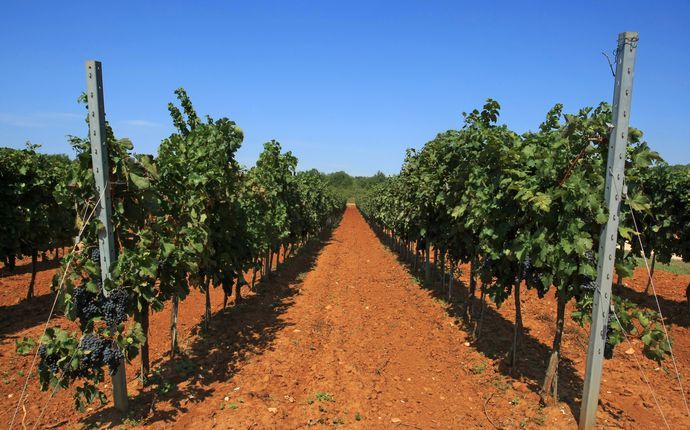
By the colour of the soil, Istria is divided into Red Istria – includes the Western Coast, Grey Istria – Central Istria and White Istria – the white rocky soil of the Učka mountain and along the Eastern Coast.
25. Istria has its Own Anthem
“Krasna Zemljo” (“Gorgeous Land”) from 1912 by Ivan Cukon (lyrics) and Matko Brajša Rašan (music) is the official anthem of the County of Istria, take a few minutes and listen to it. The county’s crest with the goat is part of the Croatian flag.
Want to learn more about destinations in Croatia? Follow the TCN series, 25 Things to Know about Croatia.

